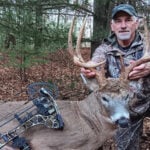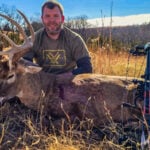For archers seeking out deer sign, it doesn’t get much more obvious than rubs. In most cases, rubs start showing up in mid-September when bucks begin to feel a spike in testosterone. It’s a visual and chemical way for deer to communicate, shredding the bark off a tree while leaving behind scent from their forehead glands.
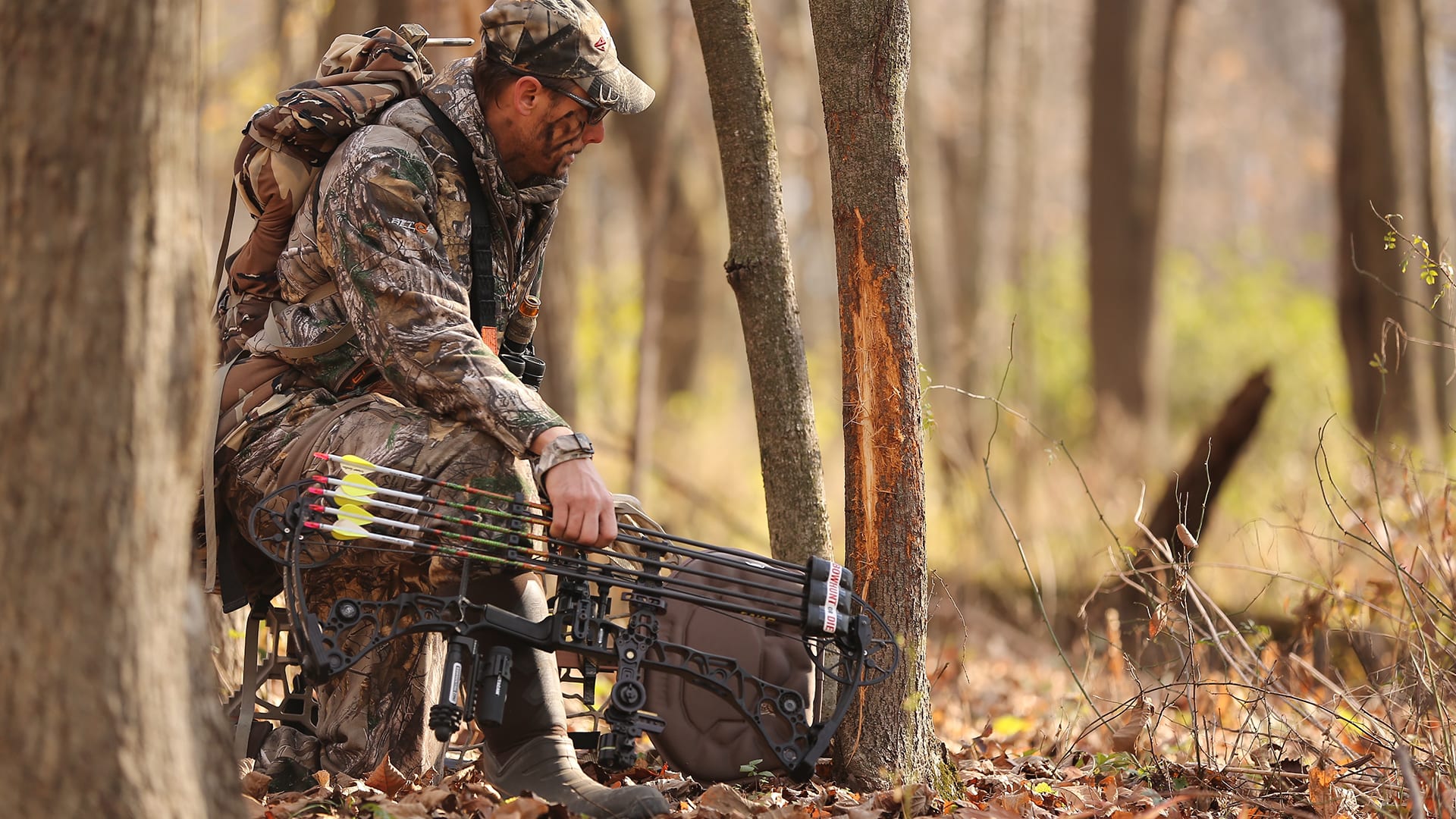
Serving as an indication that a buck is close by, rubs have always intrigued deer hunters.
There’s a lot of lore when it comes to rubs, as they’ve been captivating outdoorsmen for centuries. Yes, deer will take on fence posts and telephone poles. No, bucks don’t make them while shedding their velvet. And no, bucks don’t make them while losing their antlers.
Another often referred to piece of old timer wisdom is that big rubs mean big bucks are in the area. It seems practical enough, to envision that there’s a Booner responsible for messing up the biggest of trees. Is it true, though? I checked with some Bowhunt or Die staffers who I thought might have some good insight, as well as checked with what science might have to say on the subject.
Mike Fitzgerald, of Minnesota, had this input on rubs and bucks. “I think there is some credence to the theory that big bucks make big rubs, though I don’t believe that the inverse is true. If I find an area with a handful of rubs on larger trees, I get pretty excited and assume a big boy is around. But with smaller rubs, it’s harder to tell.”
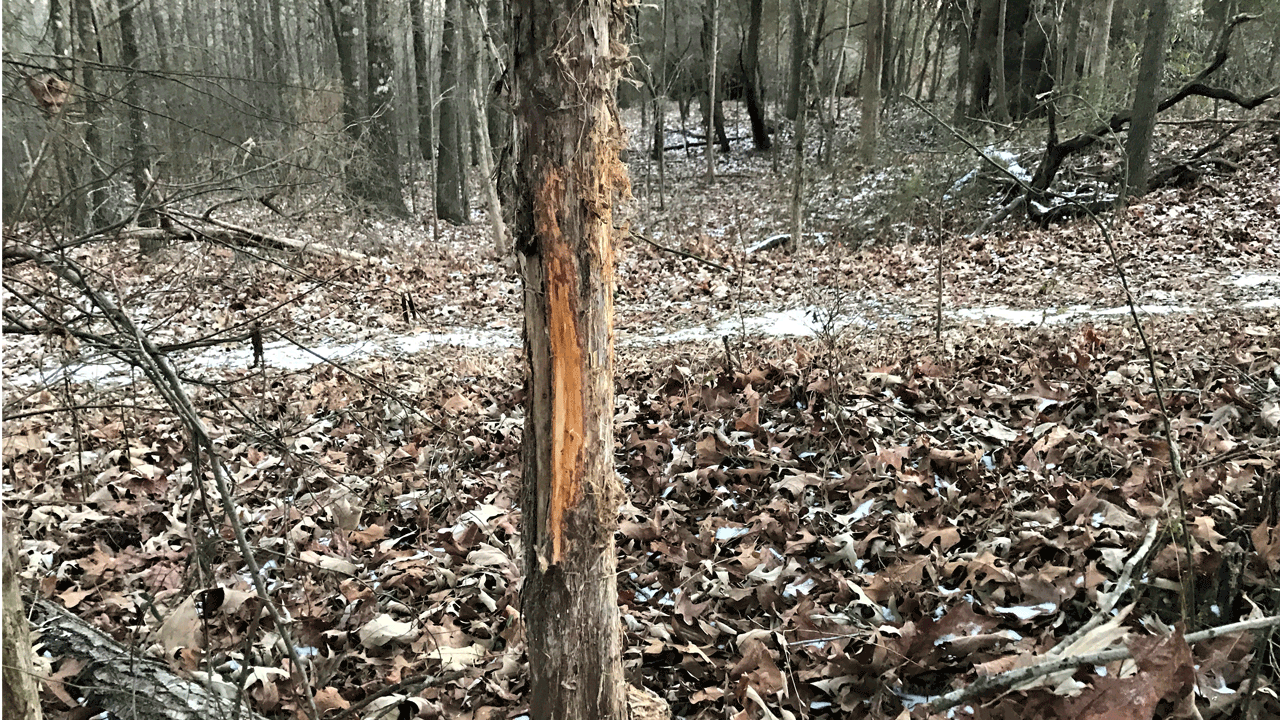
Did a big buck make this big rub, or could it have been made by one of the little guys?
Clinton Fawcett, of Illinois, has similar feelings about rubbed up trees. “In my opinion, big bucks are responsible for getting the big rubs started. After they have them established, I feel like any buck that’s in the mood and attracted to the sign will use it. Over the years, I’ve hunted some pretty big rub lines and have experienced a lot of different caliber bucks using them. I don’t think the little guys are able to start the biggest rubs, but once they are established it’s an open door.”
Science doesn’t seem to have as strong of feelings as either Fitz or Clinton, though, as it turns out little research exists on rub size in correlation to antler size. However, there is some other info out there that I think might be relevant to answering the question.
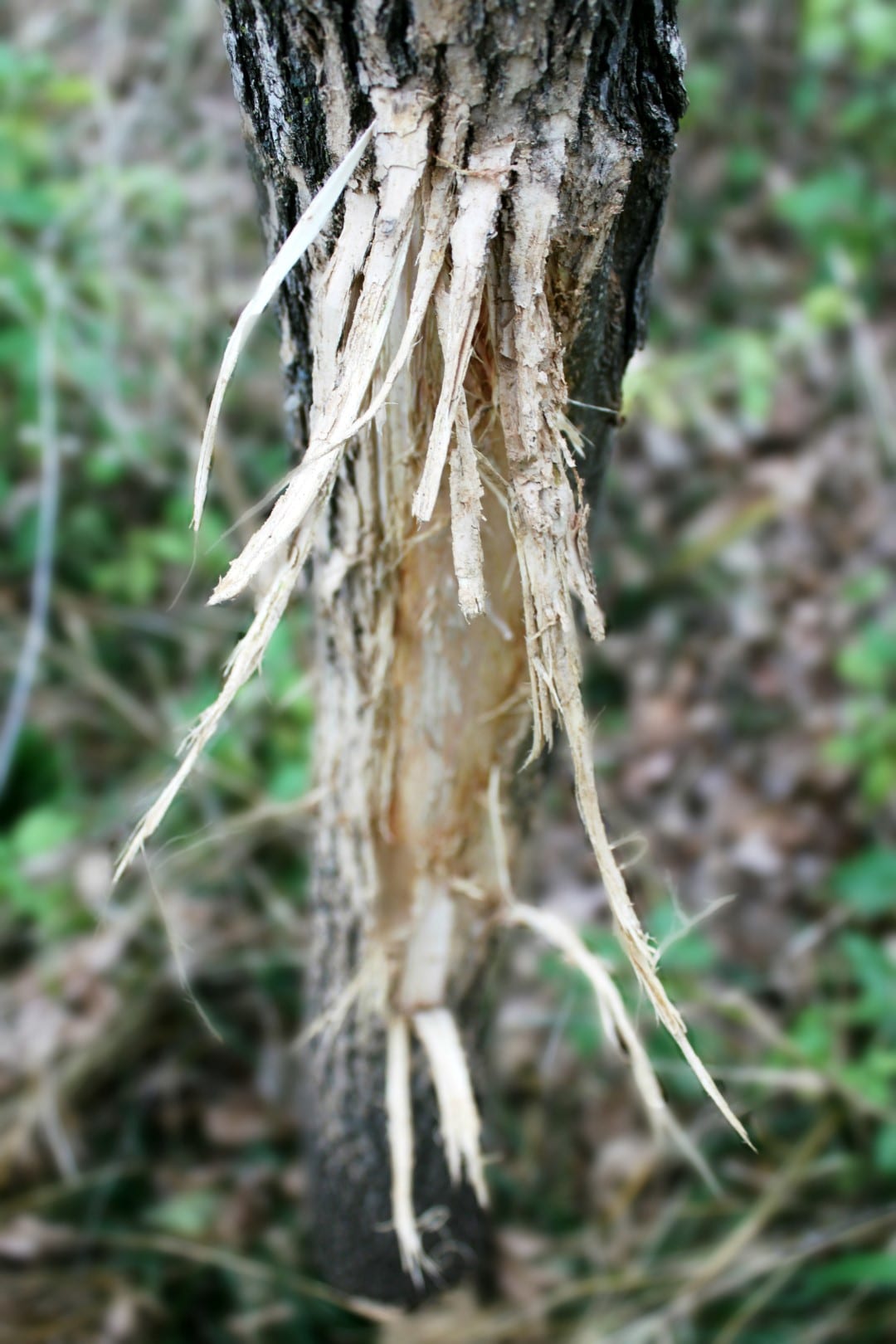
Big rubs, little rubs, they all tell a story.
One piece of notable research is from Dr. Karl V. Miller at the University of Georgia, where he investigated rubbing activity. He says that one mature buck can make 1,000 to 1,200 rubs per year. Over a three month period, that’s about a dozen rubs a day. Yearling bucks, on the other hand, only make about 400 to 500 rubs a year. So, hunters should realize that more times than not, rubs are being formed by bigger deer.
Another bit of useful info comes from Bryan Kinkel at the Quality Deer Management Association, who found that “edges” are the most likely places for deer to create rubs. These edges are considered the first 20 meters within a treed area, with the best edges for rubs being near food sources.
Verdict: Unconfirmed
So, while science doesn’t have much to say about rub size, it will confirm that bigger deer are more likely to make them, and they’re most likely to show up near edges, like those of pinch points and funnels.
Or, you could just take Fitz and Clinton’s word for it.


